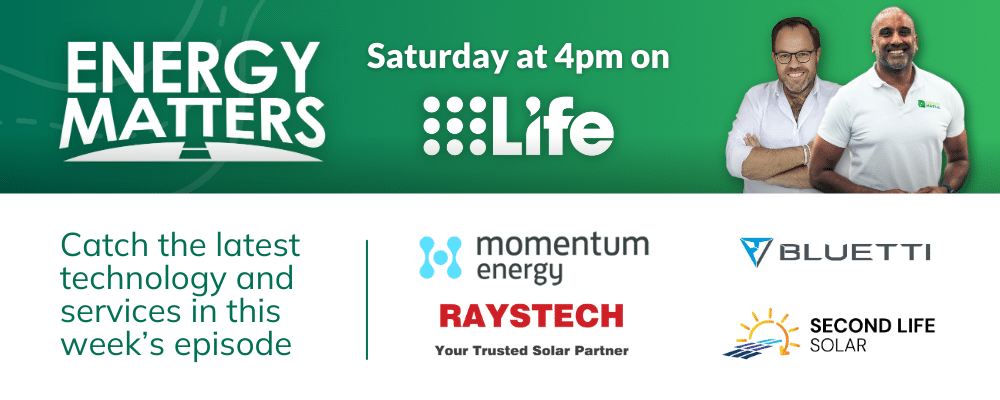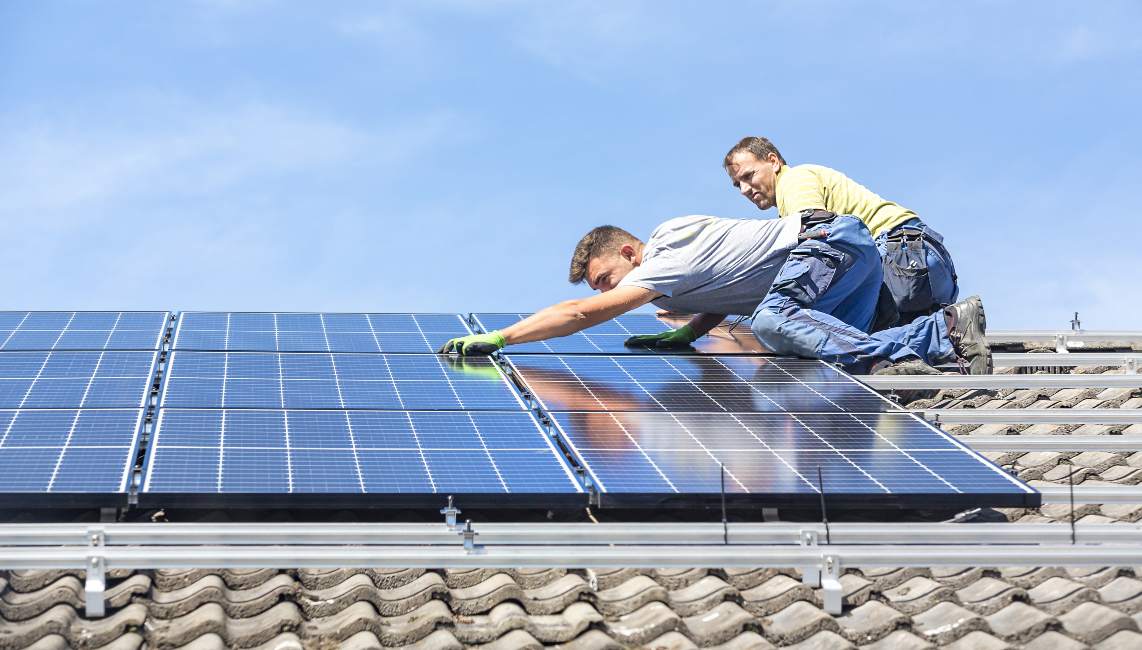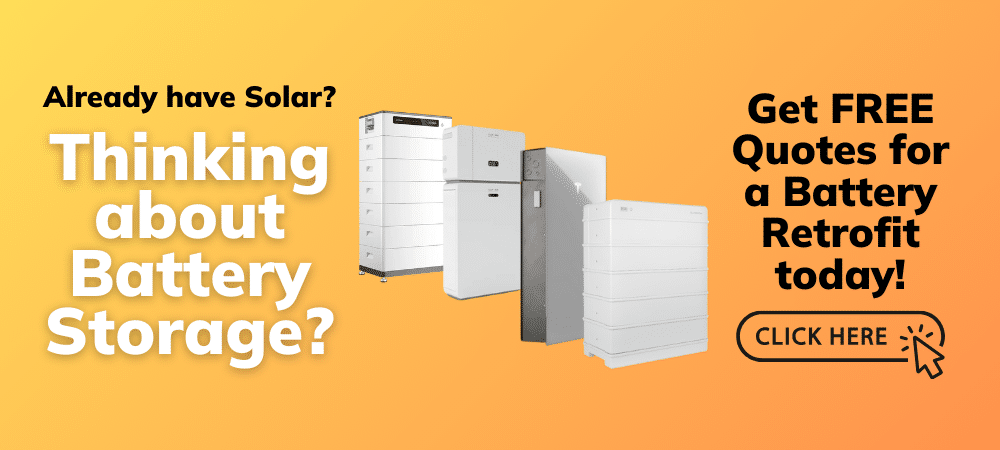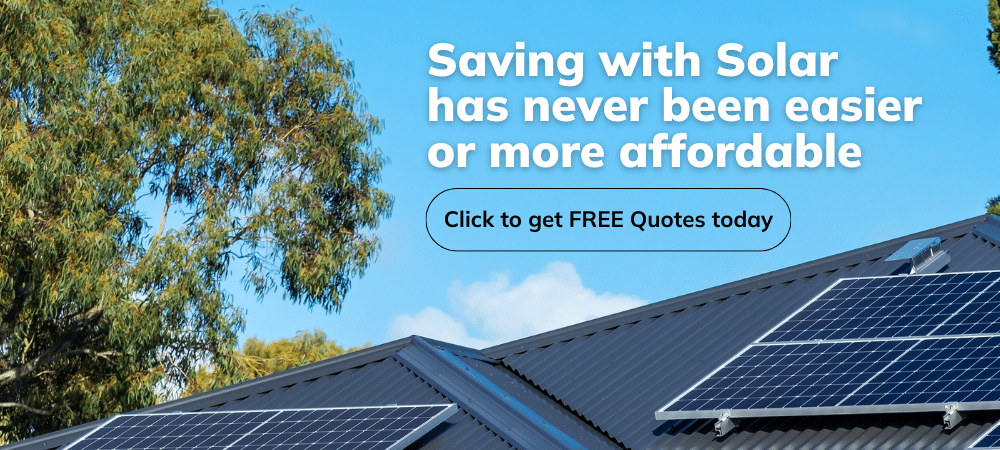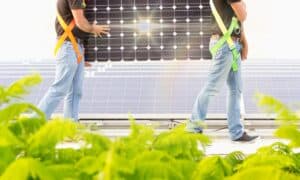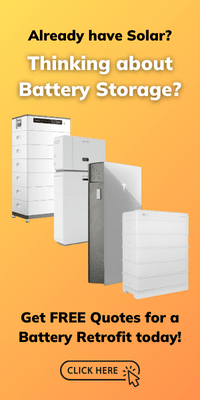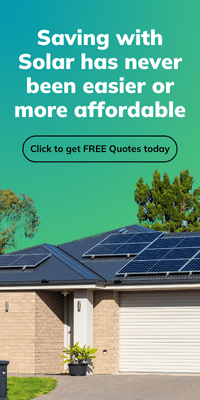Updated on 21 March 2025
As electricity prices continue to rise, many Australian homeowners consider solar power a cost-effective solution. Some may even be tempted to install solar panels DIY to save on upfront installation costs. But is self-installing solar worth the risk? Let us delve into self-install solar risks compared to professional solar installation to help you make an informed decision.
If you’re serious about going solar, let Energy Matters help you find trusted professionals who can make the transition seamless and stress-free.
Energy Matters is here to guide you every step of the way. Energy Matters is one of Australia’s most trusted solar quotes due to our high customer satisfaction and industry recommendations. Our team of solar experts can help you get up to 3 FREE solar quotes from pre-qualified and vetted solar firms in your area.
Understanding DIY solar installation
If DIY-ing solar installation has crossed your mind, you might be trying to cover all the bases to ensure a successful project. DIY-ing isn’t really an ideal option because of the many challenges that truly outweigh its pros. Most people who install their solar panels by themselves have one objective: to save more money. Unbeknownst to these people (and many), it’s more costly to install your solar panels. Why? DIY is far more complex: installing solar panels than simply mounting panels and connecting wires.
1. Install solar panels DIY requires specific knowledge

Your solar panels don’t come with an easy-to-follow manual. What it comes with is a manual that is designed for professional solar installers. It’s not your average weekend home improvement project—it’s more technical than that. One wrong move could lead to significant issues that would add to the costs and could even put you at risk.
2. Install solar panels DIY needs a team
It also requires a team of people to get it done. Lifting the panels is not a one-person job, and installing them onto the roof requires several sets of hands. You can gather your friends, family members, or neighbours to help you out, but the challenge is: do they have the right knowledge to get things done? If ever you come up with your own team, everybody needs to learn the ins and outs of solar installation before the work takes place.
3. Install solar panels DIY requires specialised equipment
There are a lot of things you need to install a solar system. This includes a mounting system, power or DC optimisers, a charge controller, and more. All of this equipment will cost you more money and you will not buy in bulk.
The cost of the equipment is one thing, and the quality is another. If you don’t have enough experience to know the difference, it’s easy to fall for low-grade items and cheap solar cells. If you do end up using low-quality solar equipment, you may need to deal with a shorter lifespan, reduced power efficiency, or a more complicated installation.
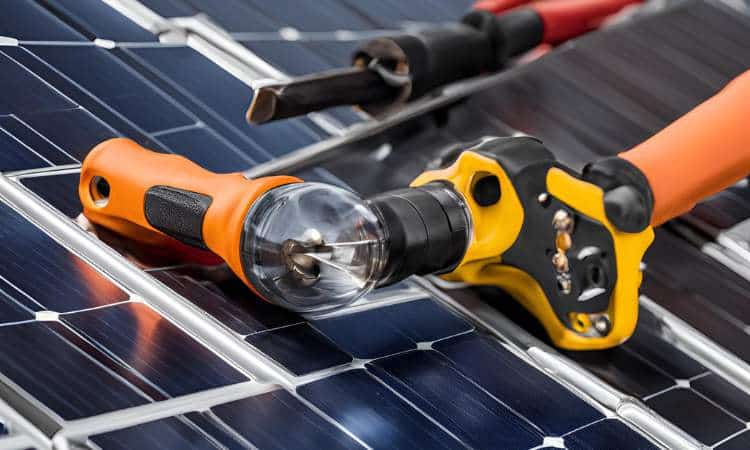
The actual cost of DIY vs Professional installation
| Factor | DIY solar installation | Professional installation |
| Initial cost | Lower | Higher |
| Safety risks | High | Low |
| Compliance with standards | Not guaranteed | Guaranteed |
| Warranty protection | Voided | Valid |
| Insurance coverage | Uncertain | Covered |
| Long-term efficiency | Potentially lower | Optimised |
| Eligibility for rebates | Uncertain | Eligible |
4. Install solar panels DIY forfeits your eligibility for government incentives
One of the biggest challenges in going the DIY route is that you will miss out on significant government incentives. Programs like the Small-scale Technology Certificates (STCs) are only for installations by accredited installers.
Many states and territories provide solar rebates and incentives, usually contingent upon installation by qualified professionals.
5. Install solar panels DIY needs a lot of time
With so much that goes into solar installation, it could take you months when you’re doing it by yourself. There are so many things to consider as well, especially the permitting requirements in your area. This also entails various government and utility companies to get approvals and permits for your project—and it’s not easy work. In fact, it can be stressful.
Professional solar installers have a dedicated team who handle all the permitting work and have established relationships with people who review and approve the permits.
6. Install solar panels DIY comes with safety risks
Installing rooftop solar panels means climbing onto and working on the roof. Hence, you need to understand and follow safety protocols to avoid hazards like falling off the roof.
The risks of DIY solar installation
While installing solar panels DIY might seem straightforward, several risks make professional installation safer and more practical.
1. Electrical hazards
- Handling high-voltage electricity without proper training can result in severe injury or death.
- Incorrect wiring can lead to electrical fires or system failures.
- Australian laws require solar installations to meet safety standards, and DIY setups may not comply.
2. Compliance with Australian Standards
- Solar installations must comply with Australian Standards (AS/NZS 5033 and AS/NZS 4777) for safety and performance.
- Grid-connected systems require approval from local electricity providers, which may be challenging for DIY installations.
- Non-compliance could result in fines or disconnection from the grid.
3. Structural and roof damage
- Improper panel placement can compromise your roof’s integrity, leading to leaks or collapses.
- Incorrect mounting can reduce system efficiency or cause panels to detach in extreme weather.
- Professional installers assess roof suitability and ensure proper sealing to prevent damage.
7. Install solar panels DIY involves advanced electrical work

With all of these installations and components, there needs to be solid knowledge and skills on the electrical side of things. Even if tutorials are accessible online, the many technical components and wiring can be confusing. In this case, there is no room for mistake—loose connections, crossed wires, and exposure to elements can lead to electrocution or fire.
8. Install solar panels DIY could void the warranty: Warranty and insurance issues
Warranty is one of the most important things in a solar system.
- Many manufacturers void warranties if a certified professional does not install panels.
- Home insurance providers may not cover damages caused by self-installation.
- Incorrect installation can lead to costly repairs, negating any initial savings.
9. Install solar panels DIY limits your options
When you’re DIY-ing solar installation, you must have a good understanding of your energy needs. If you need to power a lot of devices, a simple electrical system from a DIY solar kit won’t cut it. This is why a professional solar installer is necessary as they can design the right solar system size suitable for your needs.
Doing it by yourself will also limit your financing options. You will likely need to buy the system outright when you choose to install the solar system by yourself.
These are the common challenges you’ll likely encounter when you install solar panels DIY for your solar system. Even though some people don’t, it’s really not a feasible option especially if you have a full-time job or you simply don’t have the knowledge and skills for it. It’s best to leave the heavy lifting to professionals, especially for those with larger homes with significant electricity needs.
The benefits of professional solar installation
Choosing professional solar installation ensures safety, compliance, and long-term system performance. Here’s why hiring experts is the best option:
1. Expert knowledge and experience
- Licensed installers understand local regulations and safety standards.
- They ensure proper wiring, positioning, and mounting for maximum efficiency.
- Professional assessments help determine the best system size and placement for optimal solar output.
2. Warranty protection
- Professional installations come with workmanship warranties, protecting you from defects.
- Manufacturer warranties remain valid when certified professionals install panels.
- Some installers offer maintenance packages, ensuring long-term performance.
3. Hassle-free grid connection
- Certified professionals handle all paperwork and approvals for grid connections.
- They ensure your system meets energy provider requirements, preventing delays or rejections.
- A professionally installed system qualifies for government rebates and feed-in tariffs.
4. Long-term cost savings
- While DIY may seem cheaper upfront, mistakes can lead to costly repairs or inefficiencies.
- Proper installation maximises energy production, reducing electricity bills over time.
- A well-installed solar system increases property value, offering a better return on investment.
When is DIY solar installation feasible?
While DIY solar installation is generally not recommended, it may be viable in certain situations:
- Off-grid setups where compliance with grid regulations isn’t required.
- Small-scale projects such as solar-powered sheds or caravans.
- Individuals with electrical expertise who understand Australian rules and safety requirements.
Even in these cases, consulting a professional for guidance is highly advisable.
Final verdict: Is DIY solar worth the risk?
For most Australian homeowners, the risks of installing solar panels DIY far outweigh the potential savings. Self-install solar risks include electrical hazards, roof damage, non-compliance, and voided warranties. Investing in professional solar installation guarantees safety, efficiency, and eligibility for government incentives.
While DIY solar installation may seem like a cost-effective option, the risks and long-term consequences make it an unwise choice for most homeowners. Opting for professional solar installation ensures a safe, efficient, and compliant solar system that provides maximum benefits.
If you’re ready to switch to solar the right way, trust Energy Matters to connect you with certified solar experts for a hassle-free and reliable installation.






